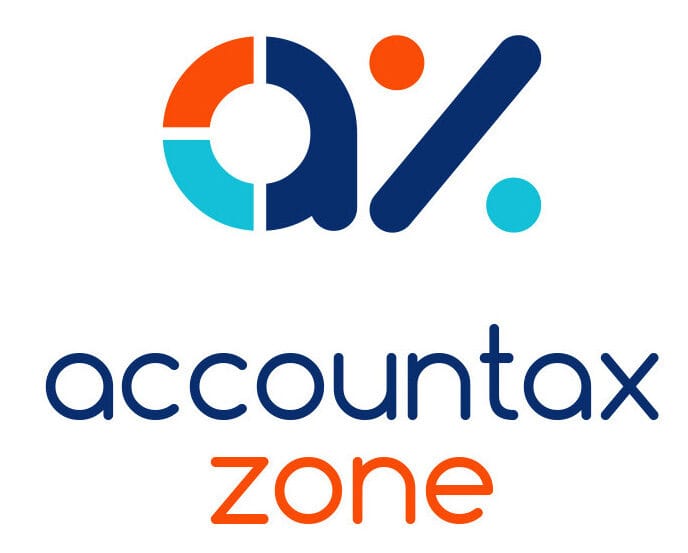Just because an employee receives a lump sum on leaving does not necessarily mean the payment is exempt from tax under the £30,000 exemption for termination payments rules.
The exemption generally only applies if the payment is compensation for the termination of employment or a change in the duties of a person’s employment. It does not apply for any other reason including for or in anticipation of retirement. Therefore, to be exempt, the payment must not be made under any obligation on the part of the company, but wholly as a goodwill gesture. Providing that a payment or benefit is not a distribution or part of a capital transaction, the first £30,000 of any ‘goodwill gesture’ is exempt from income tax and NIC with only the balance being chargeable. ‘Golden handshakes’ made to an employee or director as a reward for past service are taxable as earnings and treated in the same way as salary chargeable to PAYE tax and employee’s and employer’s NIC. In virtually all circumstances, the £30,000 exemption would not apply to golden handshakes.
When determining the overall tax position of any leaving package, each element needs to be considered separately. Payments may comprise different elements, e.g. accrued holiday pay, bonus, payment in lieu of notice (PILON), continuing private medical insurance and compensation. Non-cash benefits are also considered when calculating the exempt amount where the value used is the cash equivalent or ‘money’s worth’ if higher, e.g. the market value of a car will be considered towards the exempt amount if an employee keeps a company car. Some benefits in kind are exempt from tax in any event, e.g. the provision of a mobile phone.
If the employee is not being made redundant but leaving on a date of their choosing, a PILON payment will probably not form part of the package. Should this not be the case and a PILON clause is included in the employee’s contract, the employer must make payment of all monies the employee would have received during the notice period and tax this amount as earnings, including NIC. If there is no PILON clause, there is a complex statutory formula known as ‘post-employment notice pay’ (PENP) used to calculate the amount of a payment that should be taxed as earnings.
Should an employee have an outstanding loan that the company may wish to write off as part of the package, any amount written off is taxable as earnings.Rather than this happening, should the total termination payment be less than £30,000, it would be tax efficient to increase the payment to enable the employee to repay the loan and so utilise the full exemption.
You may also like to read: Partnerships – Cessation on death of a partner
HMRC’s stance
HMRC tends to look closely at claims for the £30,000 exemption following any termination of employment. The Employment Income Manual states: ‘It’s vital to identify redundancy payments properly because…what people call redundancy payments may not be within the special definition of redundancy…’. To reduce the likelihood of any HMRC enquiry, there needs to be a paper trail and any documents approving the payment must not refer to the payment as a ‘golden handshake’ or ‘reward for past work’.
Practical point
A ‘golden handshake’ can be tax and NI-free if, instead of being a cash payment, a payment is made as an employer’s contribution to a registered pension scheme. If the employee is over 55 years (or when they reach 55 years), they can withdraw up to 25% of the total pension fund tax and NI-free and only the balance will be taxable as income.
Partner note:
EIM 13750
Chapter 3, Part 6 Income Tax (Earnings and Pensions) Act 2003
Guidance: Non-cash benefits (480: Chapter 27) Part 9 Income Tax (Earnings and Pensions) Act 2003










